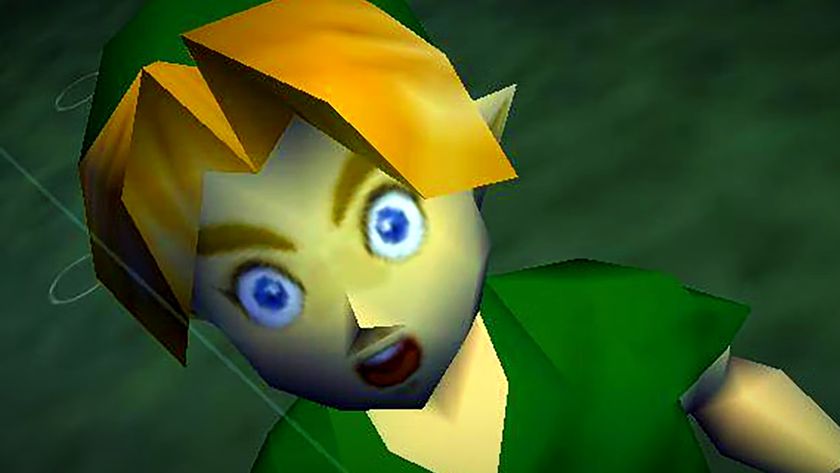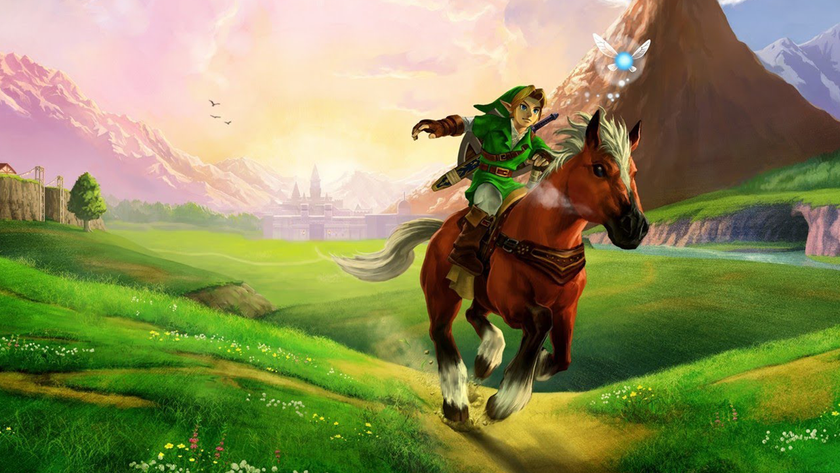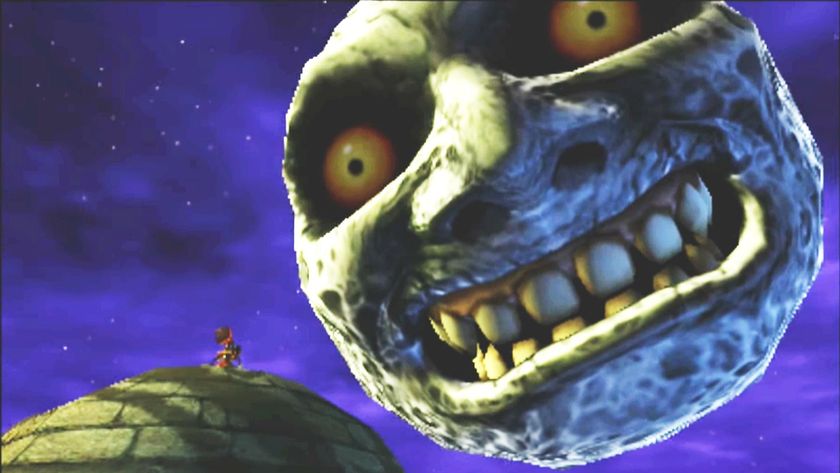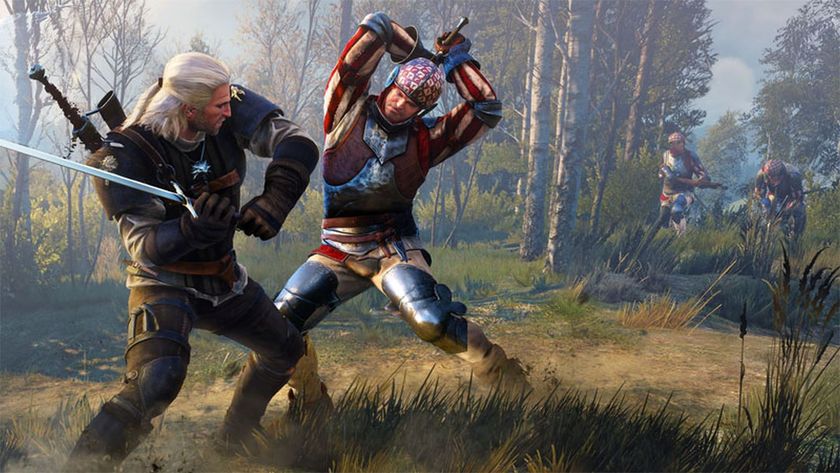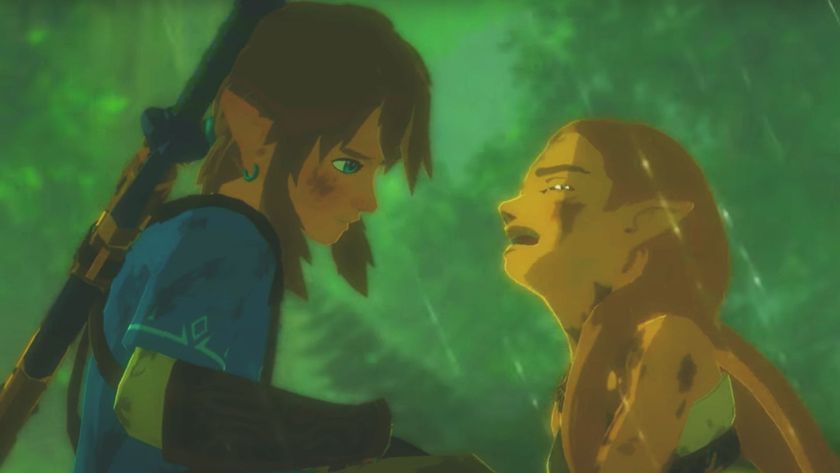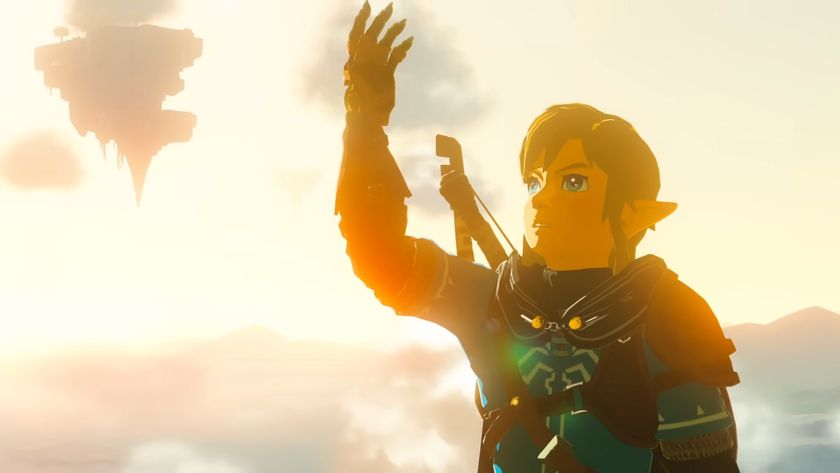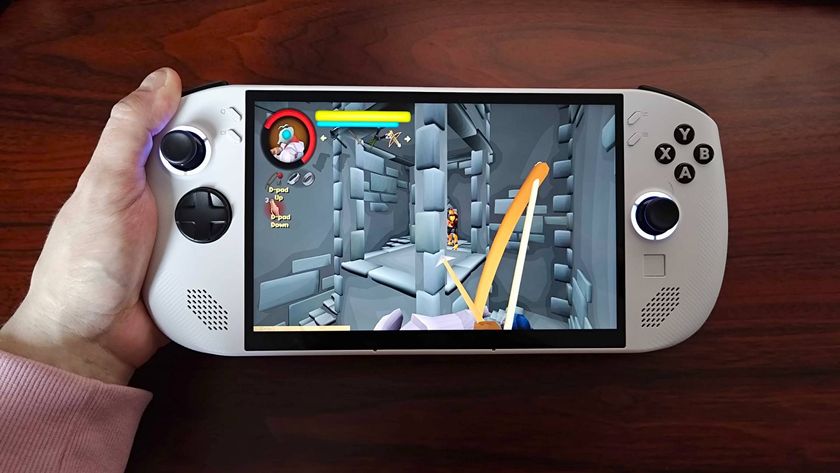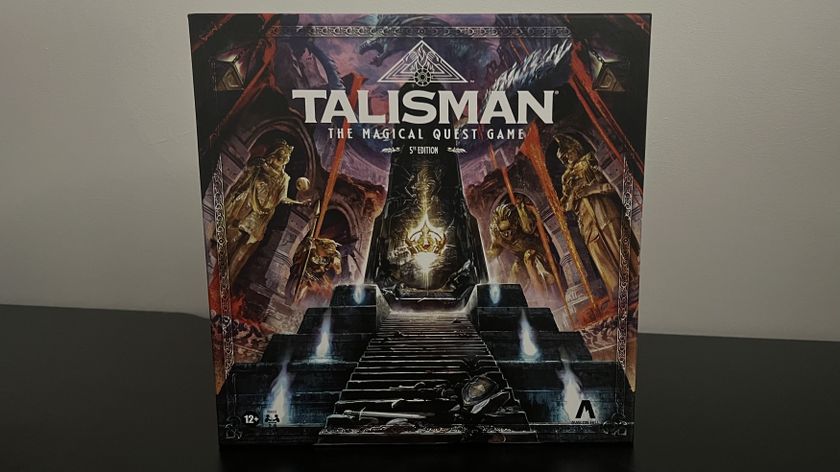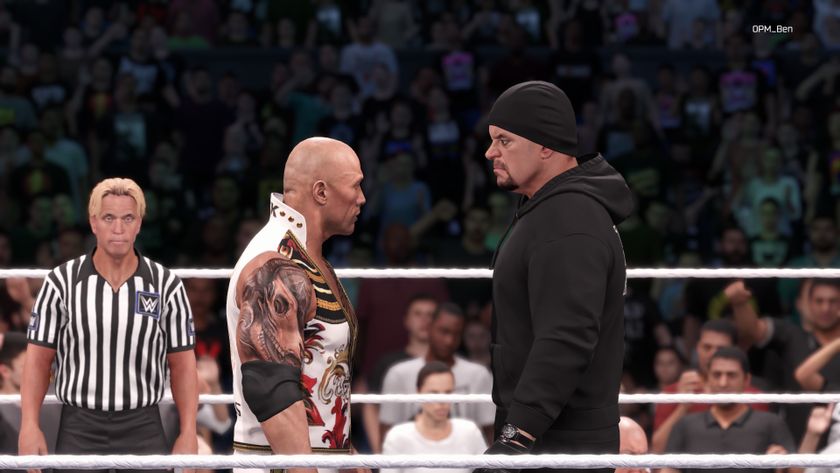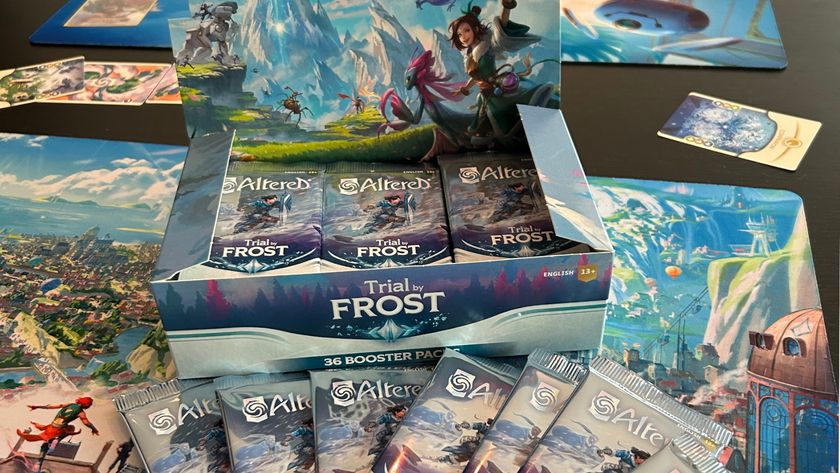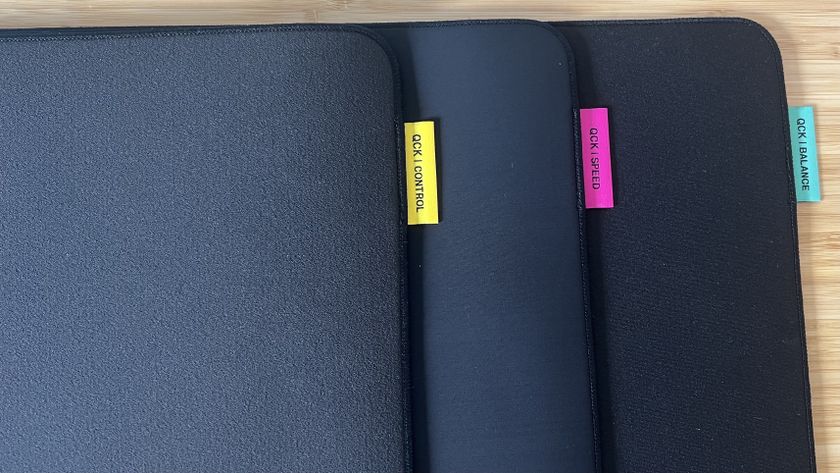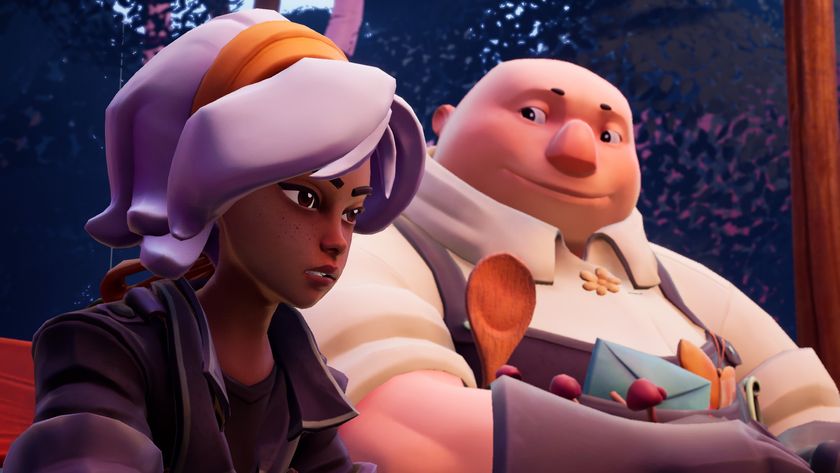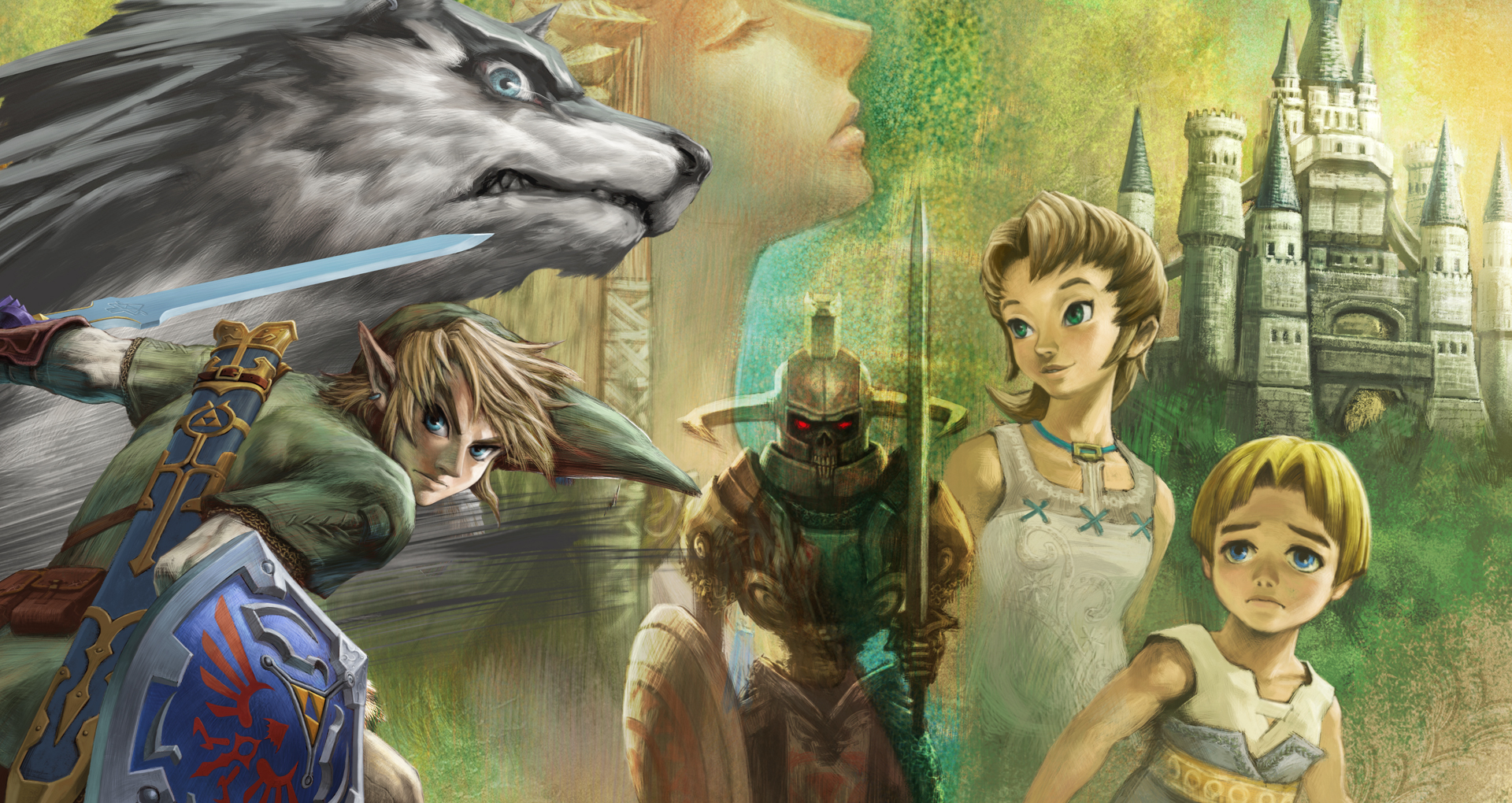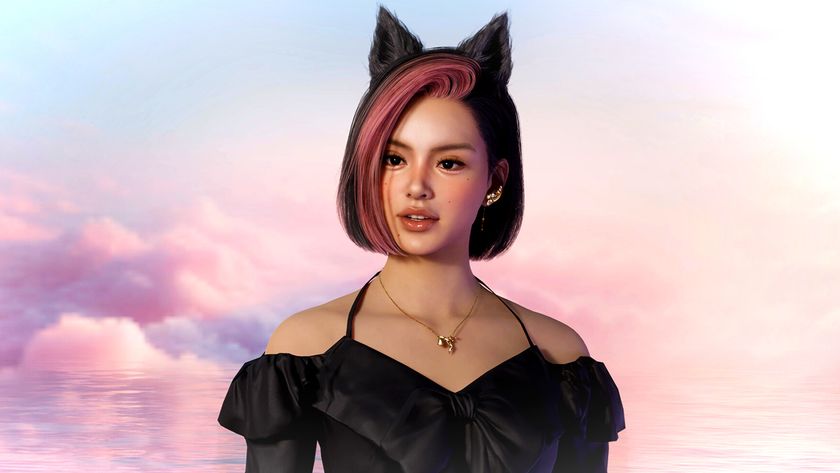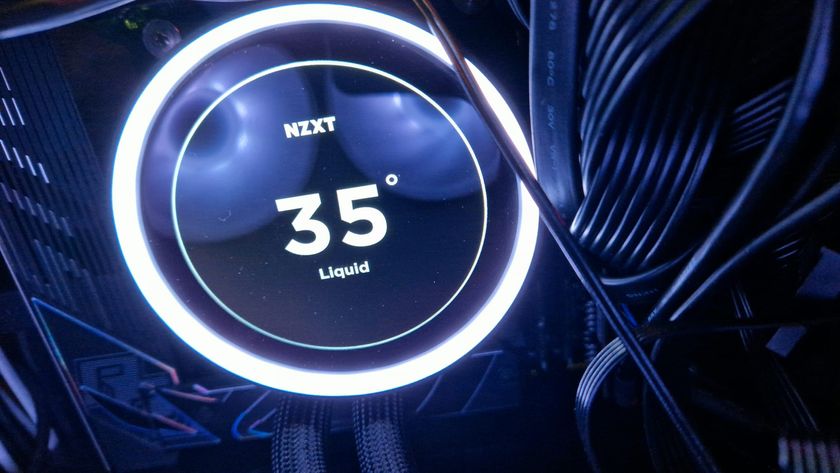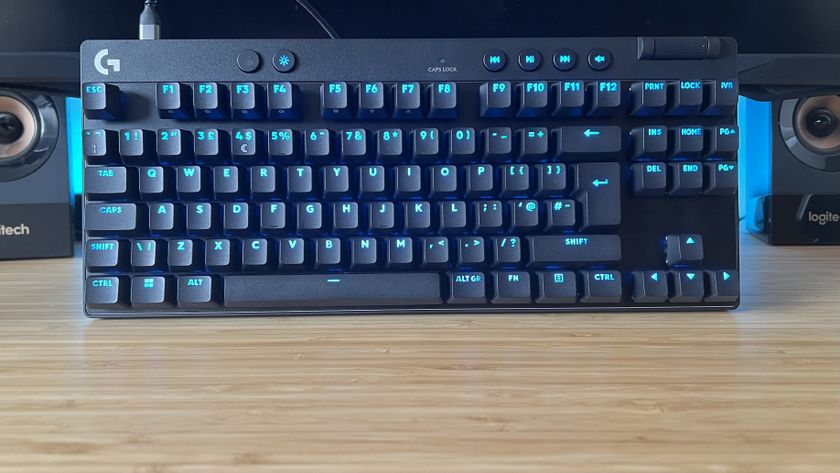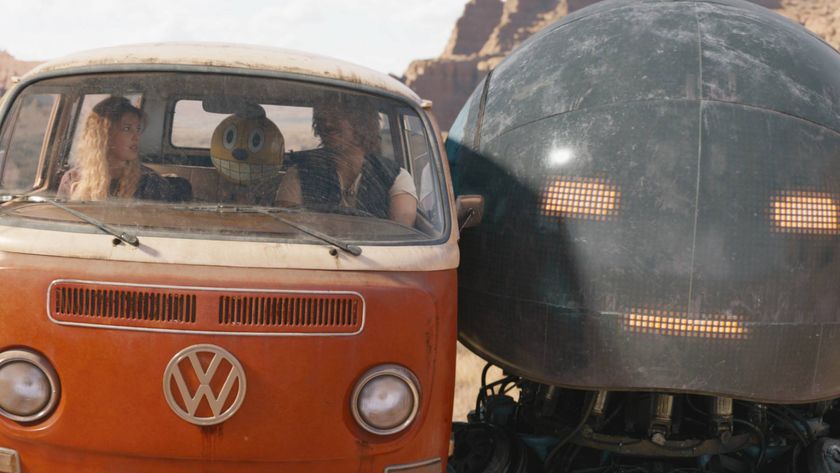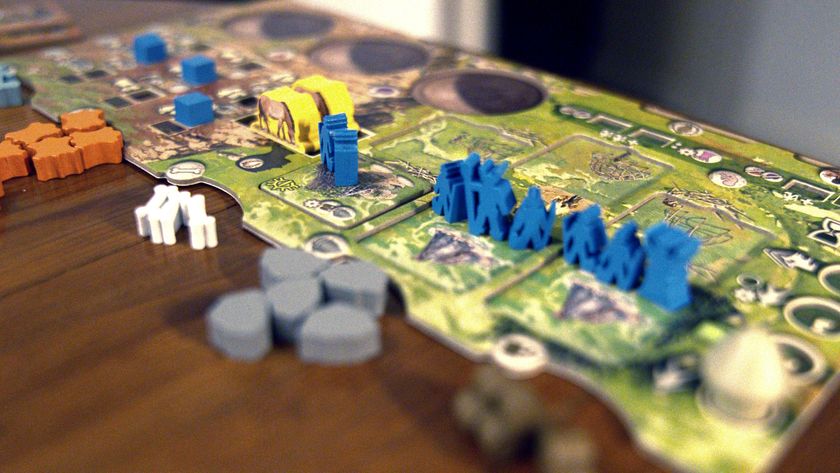12DOVE Verdict
The Legend of Zelda: Twilight Princess HD preserves the best and worst of the 2006 original. Its opening can be tedious, but it’s worth enduring so you can experience such a magical world.
Pros
- +
Gorgeous art and music perfectly preserved on Wii U
- +
Strange characters make for one of the series' best stories
- +
Later dungeons are inspired challenges
Cons
- -
Constant interruptions during play over-explain basic game features
- -
Fragments of Light quests are the worst
Why you can trust 12DOVE
The Legend of Zelda Twilight Princess is the only Zelda where you meet a yeti Boo Radley-ing it up atop a mountain. Link has to snowboard - with zero lessons, mind you - to reach the yeti’s castle and help him make soup for his wife. It’s the only Zelda where you have to repeatedly hit an angry monkey in the butt to steal his boomerang. It’s the only Zelda where your constant companion is a sardonic sorceress from an alternate dimension. Her hair is also a hand. These and countless other details make it one of the most idiosyncratic and seductive games to ever come out of Nintendo.
Twilight Princess’ charms make it almost impossible to resist. This Wii U remake is especially lush and distinct. Wind Waker HD, while still a great version of the game, gained almost too much definition in the jump to Wii U. Its characters lost some of the flatness that made the cartoon style presentation so striking. The graphical upgrade here, meanwhile, makes Twilight Princess as vivid as it should have been in the first place, with all the small flourishes - like a child’s drawings on the wall in Ordon village, or the moss and vines growing on a Zora tomb - popping off the screen.
Beguiling as it may be, though, this is also the Zelda most overburdened by constant interruptions and needless repetition. This is a game that repeatedly stops the action to tell you what a key is, even after 50 hours of play. Even though this version has taken steps to ameliorate the original’s constant hand holding, it never goes far enough to make the first third of the adventure less of a slog. Endure those pacing issues, though, and Twilight Princess hides remarkable treasures.
If its abundance of wild set pieces, lovably odd characters, and thorny dungeons seems at odds with its lack of confidence in players to figure out basic information, it’s important to remember when Twilight Princess was first made. When it first in 2006, Nintendo was at a moment of transition. The company was trying to make ambitious, bombastic but traditional games like the Gamecube’s best. It was also shifting attention to simpler, more populist Wii games, a console meant to invite in all those players that hadn’t been playing things like Zelda for 20 years. Those conflicting ideals inform every inch of Twilight Princess HD.
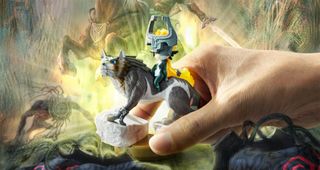
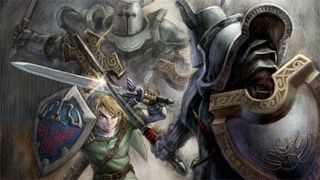
For anyone who only played the Wii version of Twilight Princess and is wondering how it feels without motion controls, rest assured it feels great. Functionally identical to the Gamecube version of the game, Link’s variety of stabs, slashes, and shield attacks feel precise and natural mapped to buttons rather than remote waggling.
On the one hand, Nintendo’s expanding storytelling aspirations are on full display. Link’s journey to defeat a magical tyrant from the dusky Twilight realm parallel to Hyrule transforms him into a wolf and saddles him with the eerie but lovable sidekick Midna. It’s unusually fleshed out and human for a Nintendo game. Midna is arguably the story’s real hero. In stark contrast to the silent, perpetually stoic Link, she’s a conflicted, frustrated woman who loathes the villain, Zant, but sympathizes at least partially with his motivations. Even ancillary characters, like the righteous barmaid Telma or freaky baby entrepreneur Malo, are rounded individuals, and they fill Twilight Princess’ otherwise austere countryside with believable life. Riding full tilt across the plains on horseback, trying to save your friends’ lives, is as rousing today as it was ten years ago.
On the other hand, Nintendo’s fussy-parent worrying results in some of the most irritating elements in its entire gameography. Most galling is the game’s first third, a chunk that can take up to 15 hours to play through depending on how patiently you explore. Twilight Princess is constantly stopping, wrestling control away from you to double-check that its clear what’s happening on screen. The first time a cutscene of dreadlocked shadow monsters falling out of the sky or the discovery of a map stops your progress, it’s useful. The game’s telling you where things are and how they work. Twilight Princess repeats sequences like this throughout, though, betraying the game’s complete lack of confidence in players to learn as they explore.
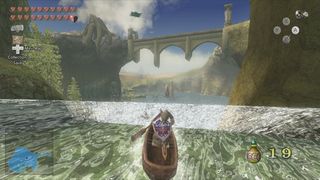
Twilight Princess HD’s attempts to address these problems from the original are admirable. For example, Link no longer needs to tackle a goat in the opening minutes in order to teach you the game’s grappling mini-game. That’s a perfectly logical cut since you’ll be forced to play the same minigame in multiple encounters with Goron rock dudes later on. These small tweaks can’t fix inherent structural problems, though. Most infuriating are the Fragment of Light hunts, fetch quests where you have to find little invisible bugs, kill them to retrieve little balls of light, and then bring them back to a shimmering god animal for no obvious reason.
In theory, the sequences serve to free parts of Hyrule from the Twilight realm while forcing you to explore an area fully. That way you’ll know the lay of the land before properly adventuring there, exploring dungeons and gathering new items. In practice, these passages are an interminable chore that add nothing, even with the number of fragments needed decreased from 16 to 12. Why not just let players freely explore? Or why not tie a tangible reward like a new item to the hunt? Twilight Princess begs questions like these often.
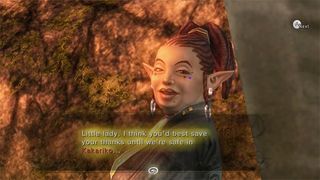
As the game goes on, though, it increasingly offers more freedom as well as more unique scenarios and sights. The brilliant back half full of the game is bursting with diversity. An assault on fortress where you ride a boar to crash through wooden gates, a sandy tomb where you ride a spinning top to climb walls, and that aforementioned visit to Mr. and Mrs. Yeti are just a few of the experiences waiting on the other side of Princess’ intrusions. Even just getting to casually stroll around Hyrule, diving into optional cave systems hunting for pieces of heart or collecting bugs, becomes more rewarding later on when there aren’t arbitrary gates between you and the game.
There are other unique features in Twilight Princess HD. Hero Mode is available for anyone who wants a steeper combat challenge, upping how much damage Link takes and limiting access to health refills. There’s also the amiibo-based Cave of Shadows dungeon. Tap the Wolf Link amiibo that comes with some versions of the game to your GamePad and you’ll be swept off to a series of combat challenge rooms indistinguishable from those in the Cave of Ordeals from the original game. Changes like these aren’t the draw here for Wii U owners. The surreal, sometimes menacing story, the later dungeons, and the magically specific and soulful characters are what made Twilight Princess worth playing ten years ago, in spite of its very real flaws, and they’re what makes it worth playing today.
More info
| Genre | Adventure |
| Description | The Gamecube/Wii crossover entry in the Zelda series of adventure games makes the jump to Wii U, losing some of its motion controls but gaining an exclusive, Amiibo-activated dungeon. |
| Franchise name | Zelda |
| UK franchise name | Zelda |
| Platform | "Wii U" |
| Release date | 1 January 1970 (US), 1 January 1970 (UK) |
